Note: I backdated this post because I no longer wanted it to show at the top of my feed. This was originally written on February 9th, 2020.
My father disappeared from my, my sister's and my mom's life more than 30 years ago. I never knew where he went, or why he left. The letter I wrote to him after my grandmother (his mother) passed away, in which I invited him to contact me, went unanswered; he sent me roses on my twenty-first birthday and the card simply said, "From W.D.P".
| He died this week, and I have been surprised at the depth of my grief for someone who is, in all the most important ways, a complete stranger. His death showed me, though, that even after all these years and in defiance any evidence, I'd had hope. And then suddenly, there were no more chances. That's where the grief comes from, I think; two deaths, double mourning: my father and my hope. When I learned he was dying, I tried to decide how I wanted to say goodbye. I ended up writing him a letter that he will never read. It's in a stamped envelope in my bag, but there's no address on it, because I didn't know where he lived. He died without knowing I had a final message for him. I don't know precisely why I want to share this letter. It's a letter to the most important stranger I'll never know, a paradox that makes sharing this deeply personal message seem appropriate. It's for no one now, its mark is gone, so I'm making it public domain. It’s for a stranger, an unknown, interchangeable human, someone who could be anyone at all, and so-- maybe it’s for everyone. For you. It’s about forgiveness. I’m trying it out. I don't believe in heaven, but the idea that people could maybe read this and think about it and those thoughts could float upwards and find their way to him, and whatever he is now could know that I am here and I am OK...that idea comforts me. |
Dear Bill,
I forgive you. If you are unable to take anything else away from this letter, know that I forgive you.
I’m writing this to you as I sit in a coffee shop. It’s 17 degrees outside and the Merrimack river is running fast with ice floes, which I can watch from the window here. I’m not sure why I’m telling you this, except that it seems important somehow.
This is a good-bye, which historically I’ve been terrible at. I’m the person who slips out before the handshakes and hugs start because I don’t like good-byes. This one is important, though, for me. I know I can’t get it right; what does “right” even mean in this circumstance? Maybe it just means that I say something and you hear it, which would maybe be the most fitting first and last interaction for you and me.
I have to trust that you did your best, and that’s why you’ve chosen to live your life as you have. What I wish for both of us is peace. I hope your passing from this life, whether it’s tomorrow or a decade from now, is peaceful, and that you have moments of joy to reflect upon and remember.
I have a lot of joy in my life. I’m married to a guy I love and respect; I have a great circle of people who love and support me, and whom I love; I’m proud of what I’ve accomplished so far, personally and professionally. I have no regrets, and I think that by and large I’m doing a pretty good job finding my way.
What I’m trying to say is, it’s OK that you chose the path you did. I’m going to be fine, and I forgive you.
Goodbye,
-Julianna


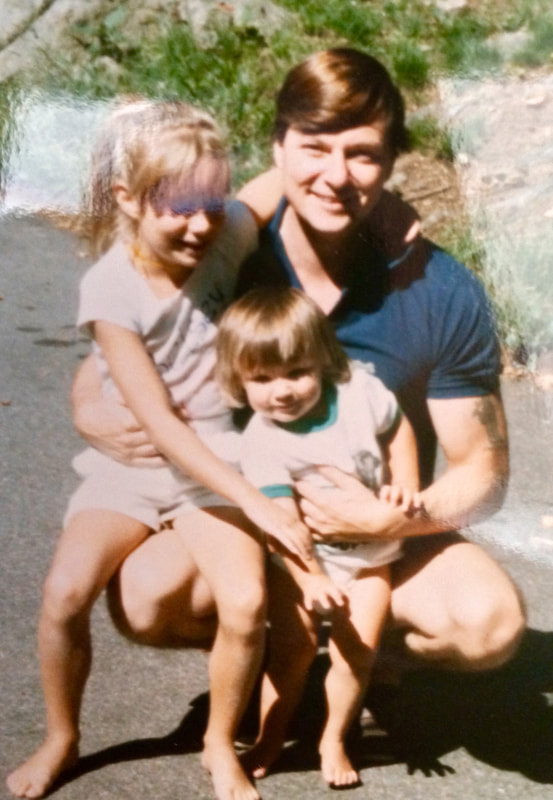
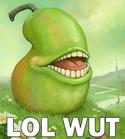
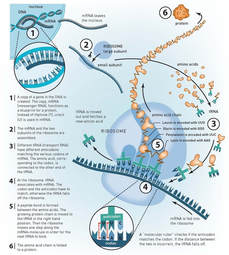
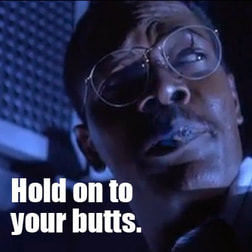
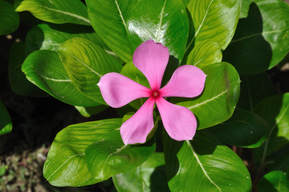
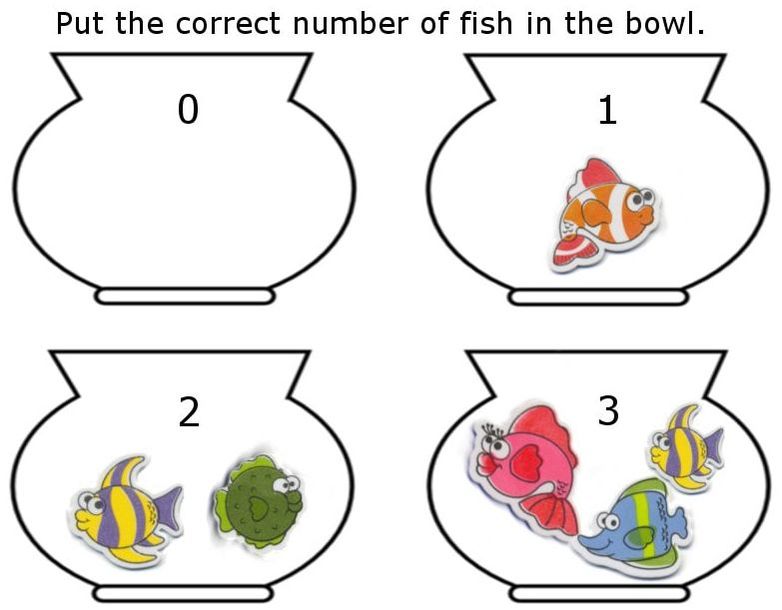
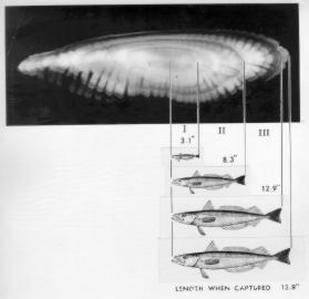
 RSS Feed
RSS Feed
